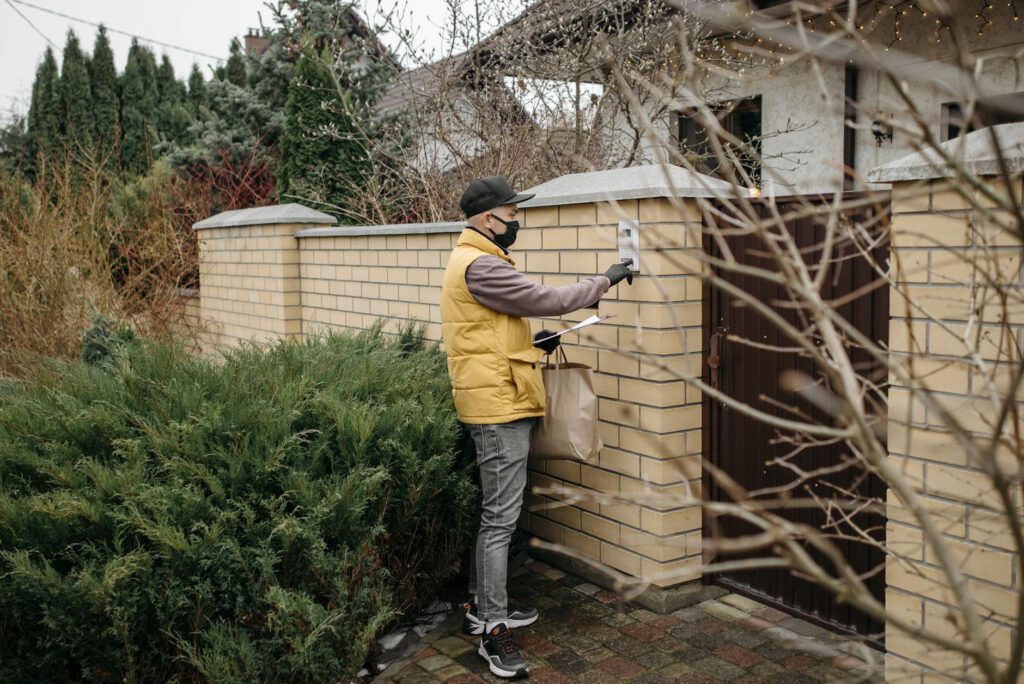Introduction
As climate change intensifies, homeowners are increasingly seeking sustainable, resilient solutions for their outdoor spaces. Traditional landscaping often fails to withstand extreme weather, from prolonged droughts to heavy rainfall. This presents a prime opportunity for entrepreneurs to launch a climate-proof landscaping service—a business that designs, installs, and maintains outdoor spaces capable of thriving in shifting environmental conditions.
This guide explores how to start a climate-proof landscaping service, covering market demand, key strategies, essential tools, and actionable steps to build a successful, future-proof business.
Why Climate-Proof Landscaping is the Future
Climate-proof landscaping focuses on drought-resistant plants, efficient water management, soil health, and erosion control to create resilient outdoor spaces. With rising temperatures, erratic rainfall, and stricter water regulations, homeowners are prioritizing sustainability.
Market Demand
- Homeowners want low-maintenance yards that survive extreme weather.
- Municipalities incentivize water-wise landscaping through rebates.
- Real estate developers seek eco-friendly designs to boost property value.
By offering climate-proof solutions, you position your business as both eco-conscious and practical, appealing to a growing customer base.
Subtopic 1: Key Elements of Climate-Proof Landscaping
Drought-Resistant Plant Selection
Not all plants can survive water scarcity. Opt for native species adapted to local conditions, such as:
– Succulents (e.g., agave, sedum)
– Perennials (e.g., lavender, yarrow)
– Ornamental grasses (e.g., blue fescue, switchgrass)
Example: In California, replacing turfgrass with native drought-tolerant plants can reduce water usage by 50-70%.
Efficient Water Management
Traditional irrigation wastes water. Instead, implement:
– Drip irrigation (targets roots directly, minimizing evaporation)
– Rainwater harvesting (collects runoff in barrels or cisterns)
– Smart controllers (adjust watering based on weather forecasts)
Pro Tip: Pair moisture sensors with automated systems to prevent overwatering.
Soil Health and Erosion Control
Healthy soil retains water and resists erosion. Key practices include:
– Composting to improve soil structure
– Mulching to reduce evaporation
– Terracing sloped areas to prevent runoff
Case Study: A Colorado landscaping company reduced erosion by 40% using native ground covers and retaining walls.
Subtopic 2: Steps to Launch Your Climate-Proof Landscaping Business
Step 1: Research and Planning
- Analyze local climate risks (droughts, floods, heatwaves).
- Study competitors—identify gaps in sustainable services.
- Obtain certifications (e.g., EPA WaterSense, Sustainable Landscaping).
Step 2: Define Your Services
Offer a mix of:
– Consultations (assessing homeowner needs)
– Design & Installation (climate-resilient layouts)
– Maintenance (seasonal adjustments, irrigation checks)
Upsell Opportunity: Provide rain garden installations or permeable paving for flood-prone properties.
Step 3: Build a Strong Brand
- Name & Logo: Emphasize sustainability (e.g., “GreenShield Landscaping”).
- Website: Showcase before/after projects, client testimonials, and blog posts on water-saving tips.
- Social Media: Share time-lapse videos of drought-resistant gardens.
Step 4: Pricing and Profitability
- Charge premium rates for eco-friendly expertise.
- Bundle services (e.g., design + quarterly maintenance).
- Leverage rebates—some states pay homeowners for turf removal.
Tools and Resources for Success
Essential Tools
- Soil testing kits (measure pH and nutrient levels)
- Drip irrigation systems (e.g., Rain Bird, Hunter)
- Electric or battery-powered equipment (reduce emissions)
Software & Learning Resources
- iScape (design app for visualizing landscapes)
- EPA’s WaterSense Program (certification guidelines)
- Local extension offices (free workshops on native plants)
FAQs
Q: How much does climate-proof landscaping cost?
A: Initial installations range from $3,000–$15,000, but homeowners save long-term on water and maintenance.
Q: Can I retrofit existing lawns?
A: Yes! Start with turf removal, then add drought-tolerant plants and efficient irrigation.
Q: What’s the biggest challenge?
A: Educating clients—many still prefer traditional lawns. Use case studies to prove ROI.
Conclusion
A climate-proof landscaping service isn’t just a business—it’s a solution for homeowners battling unpredictable weather. By focusing on sustainability, efficiency, and resilience, you can tap into a booming market while making a tangible environmental impact.
Start small, leverage local resources, and position yourself as the go-to expert for future-ready landscapes. The demand is growing—now’s the time to dig in.

